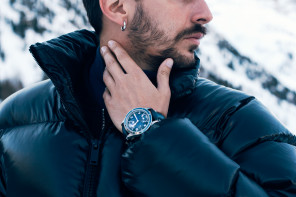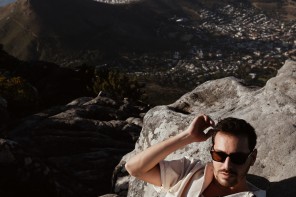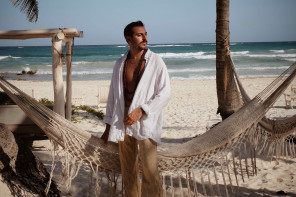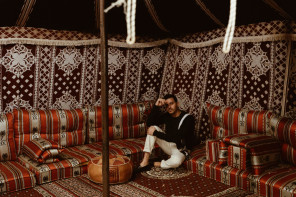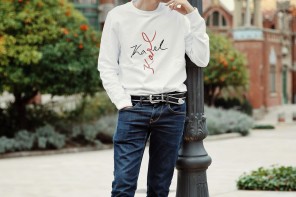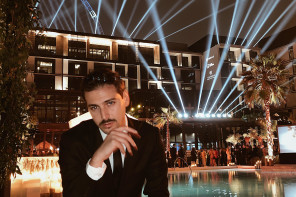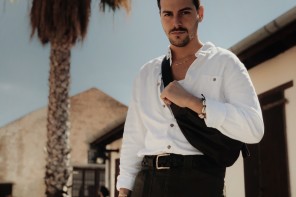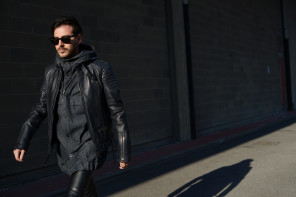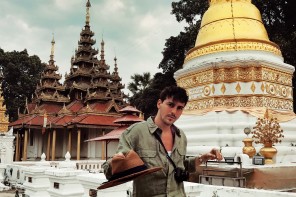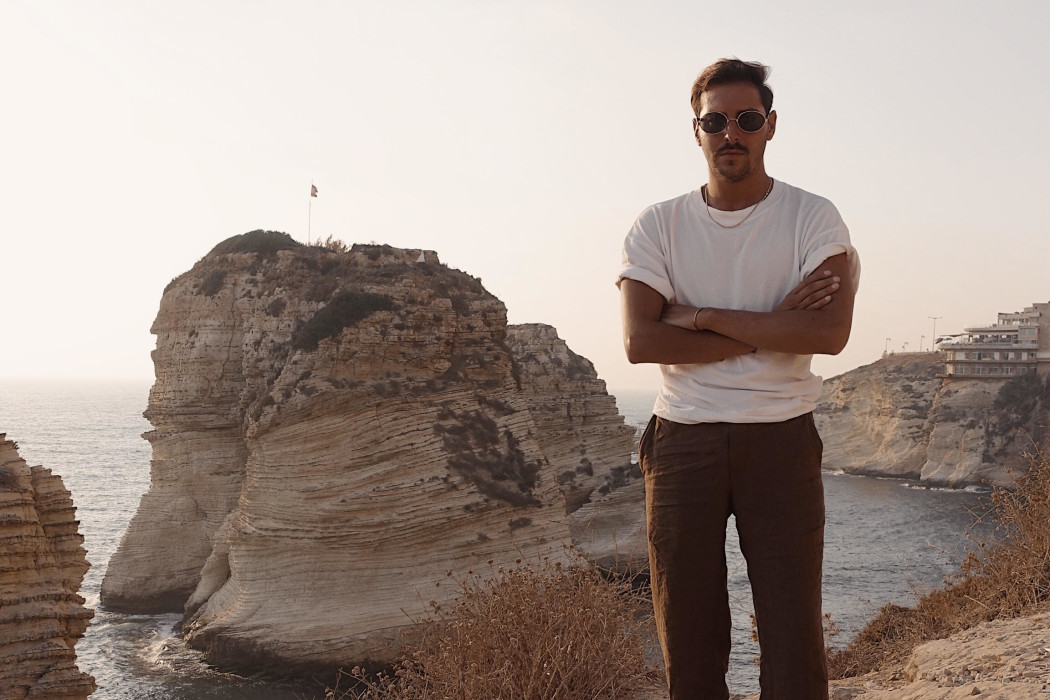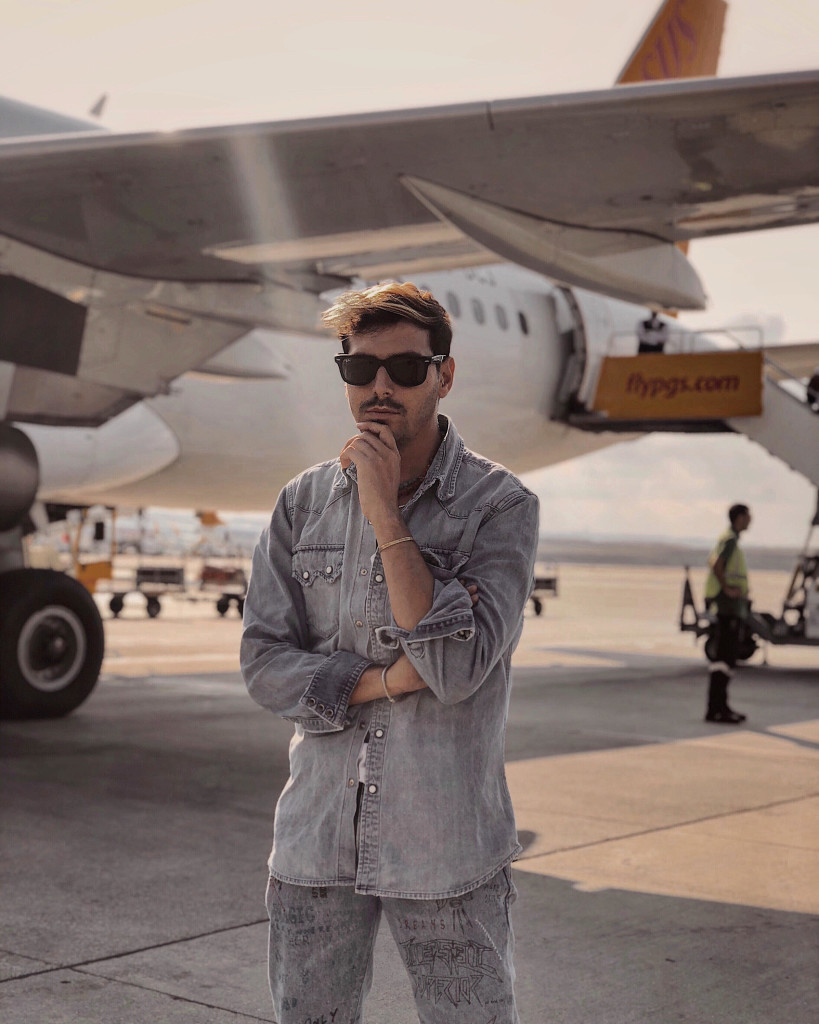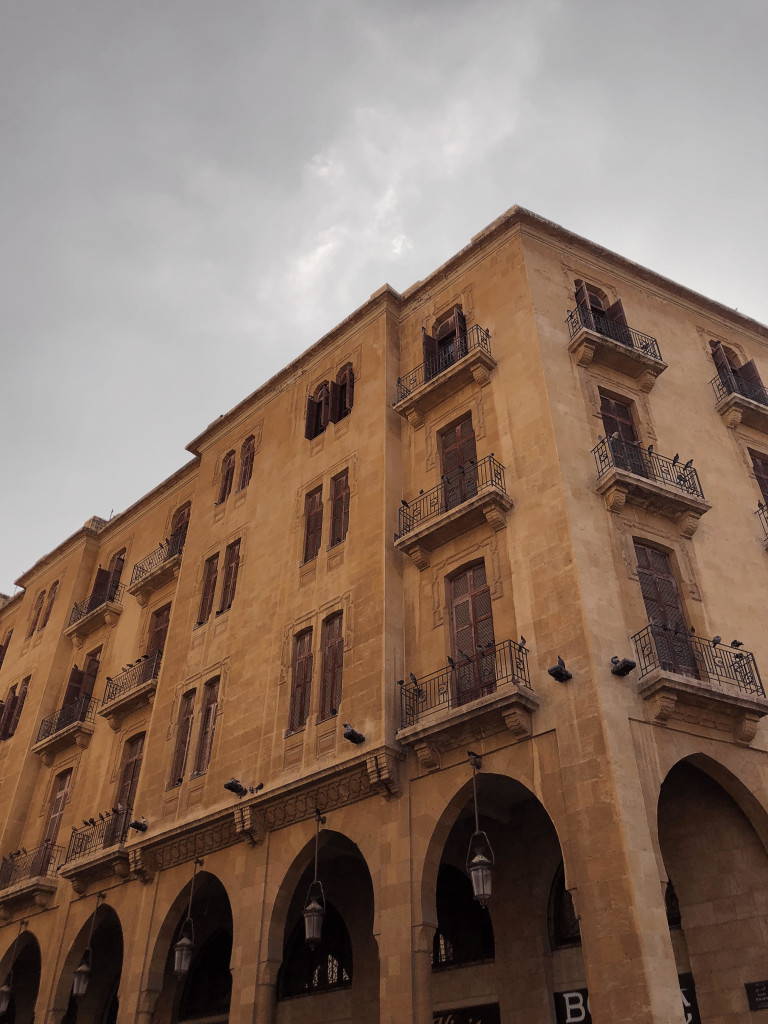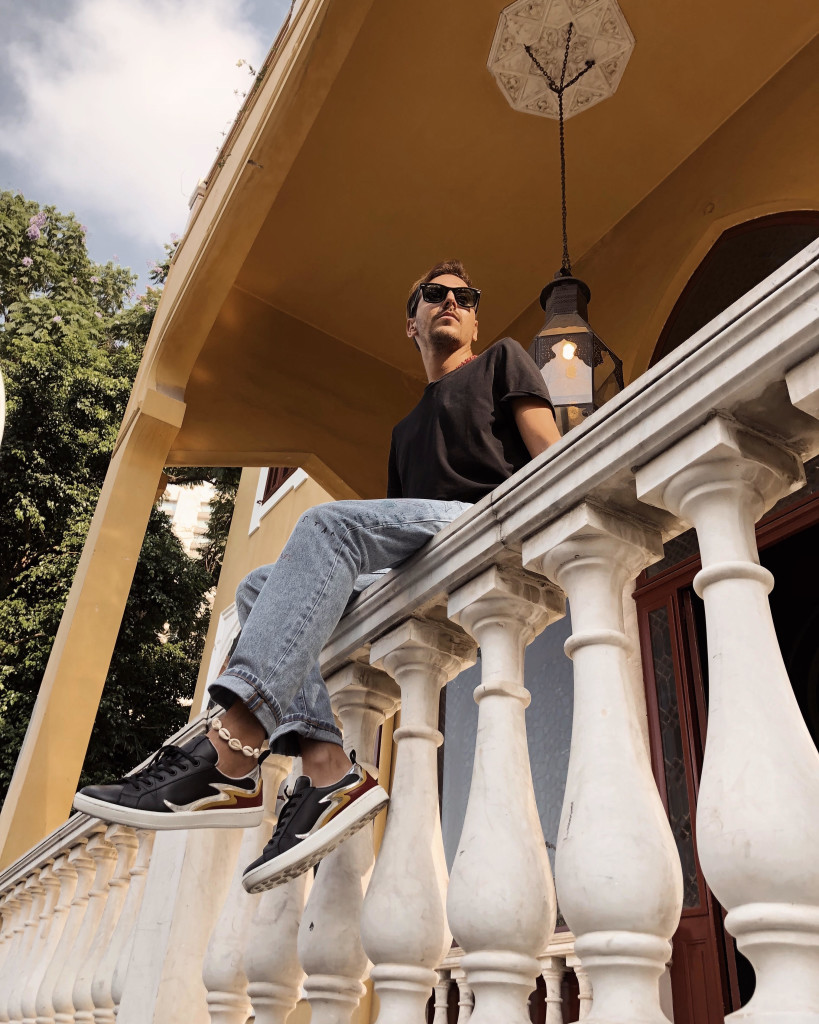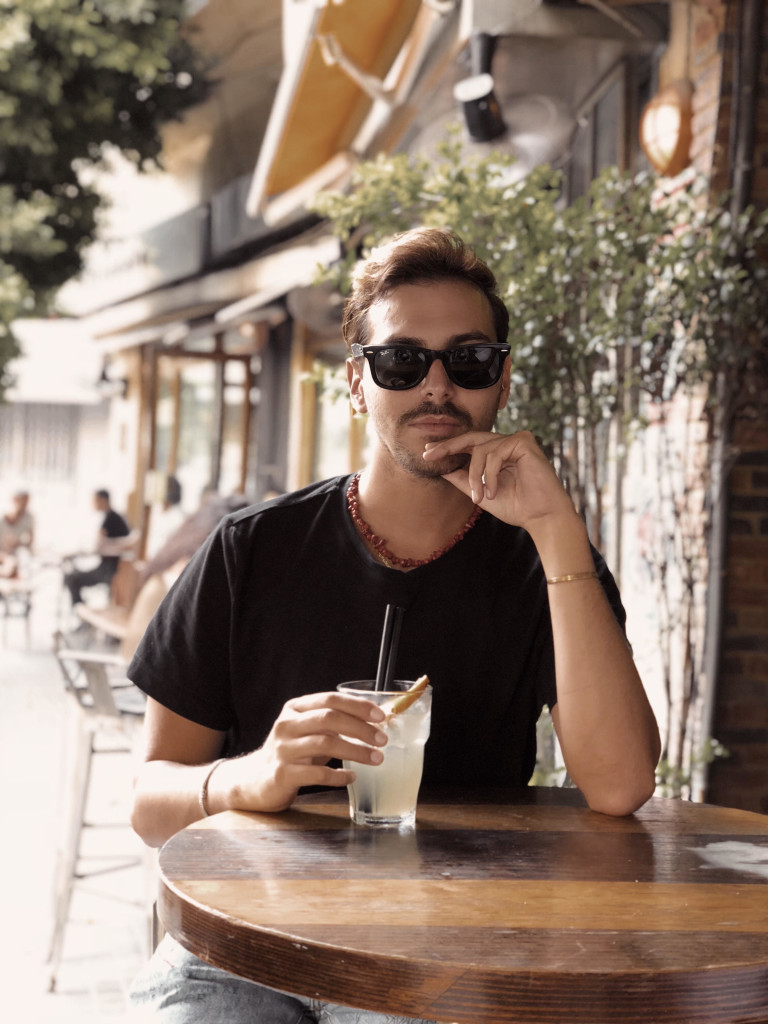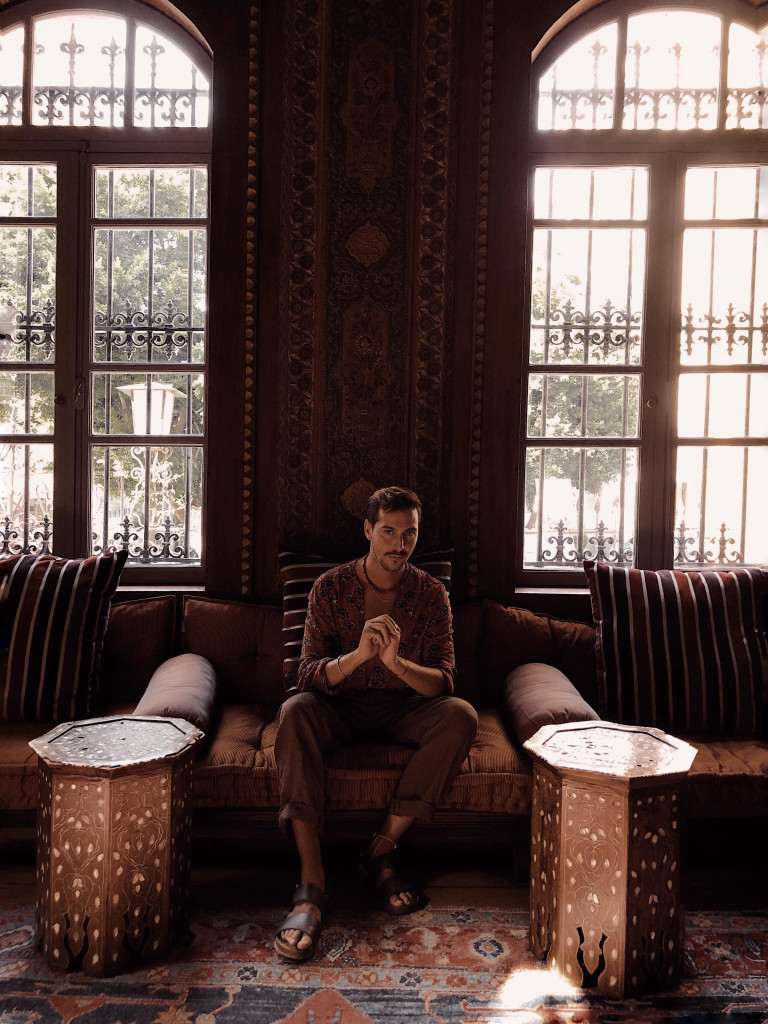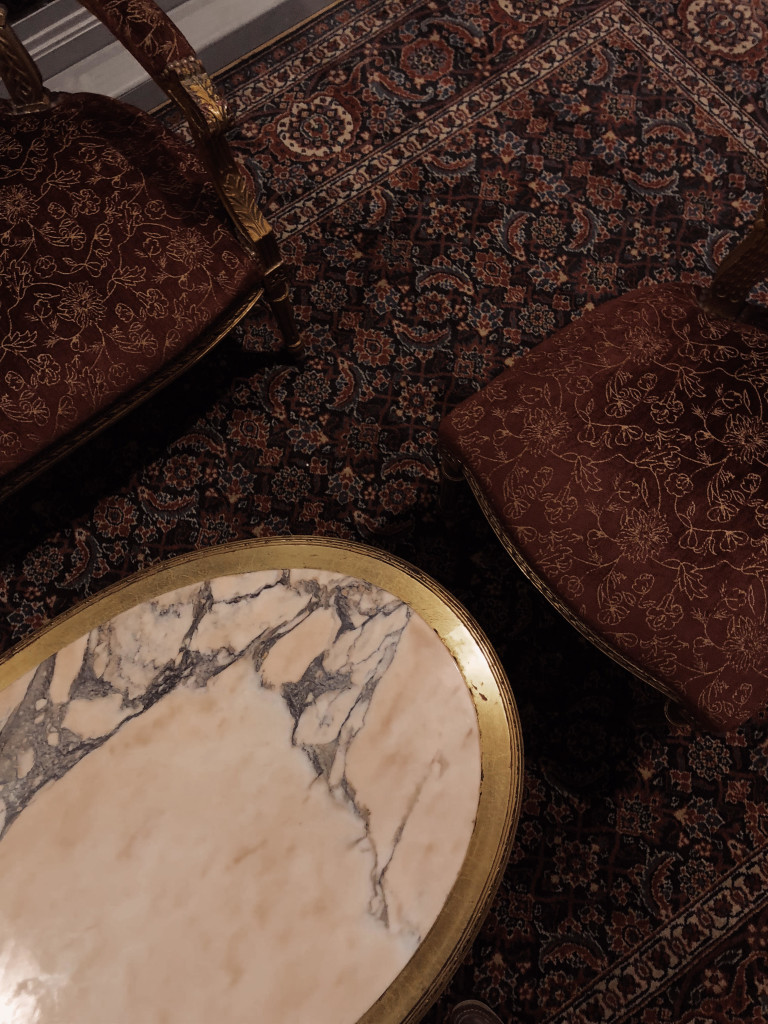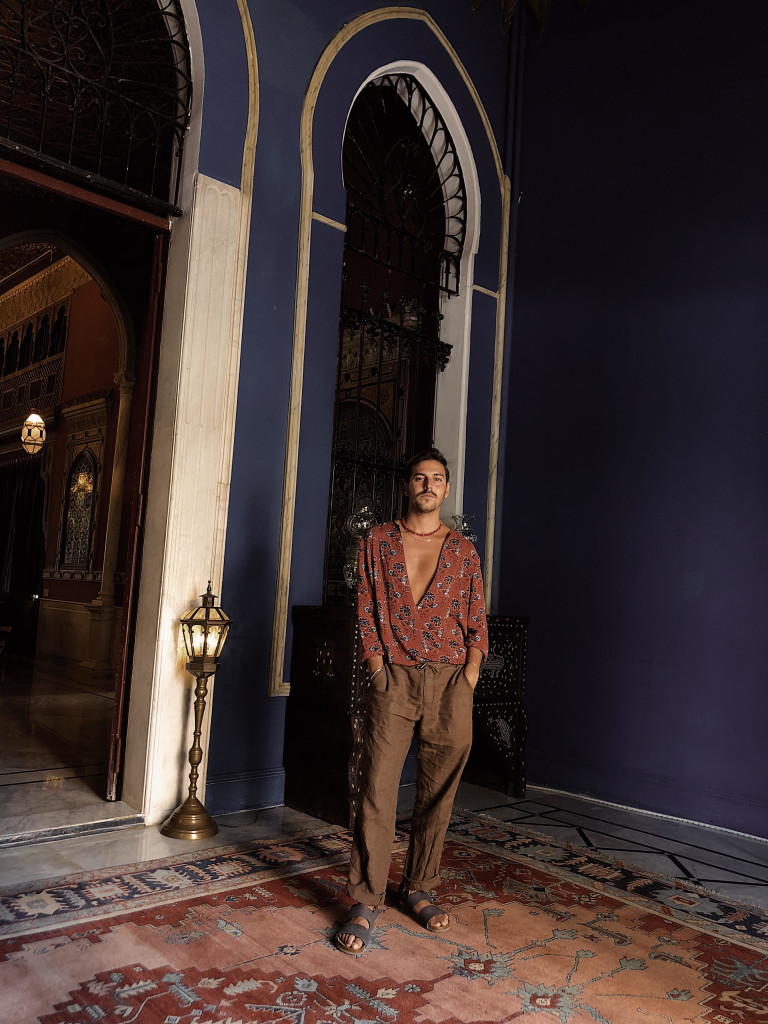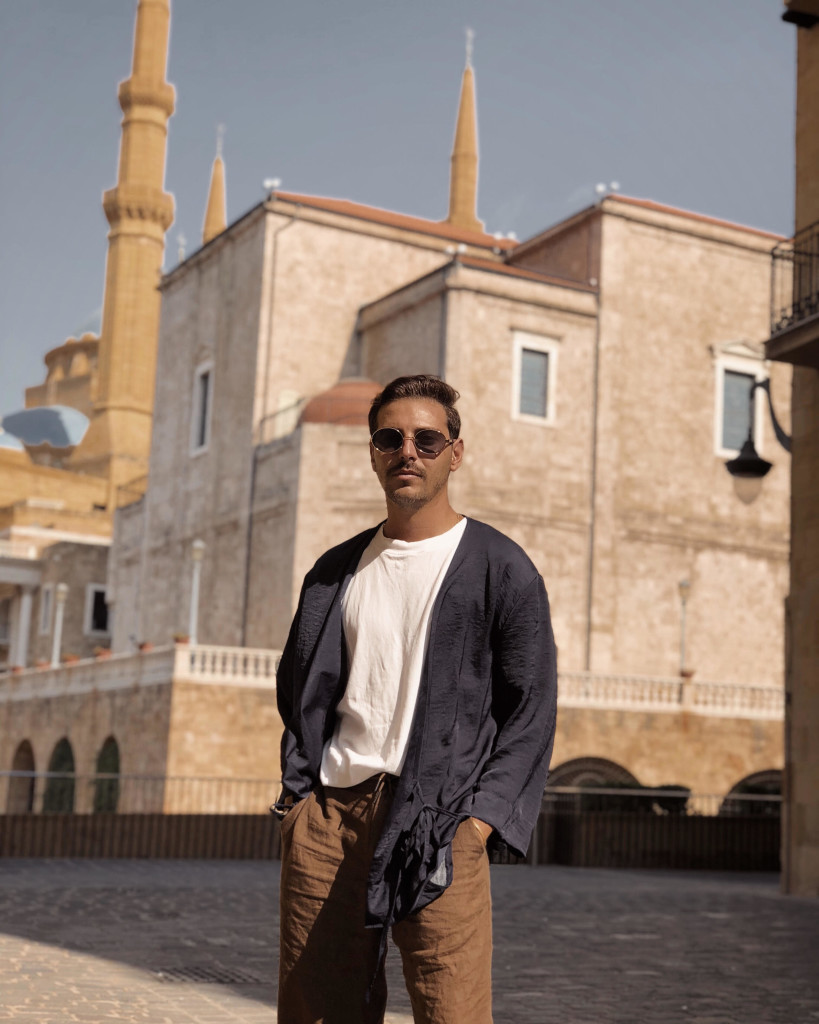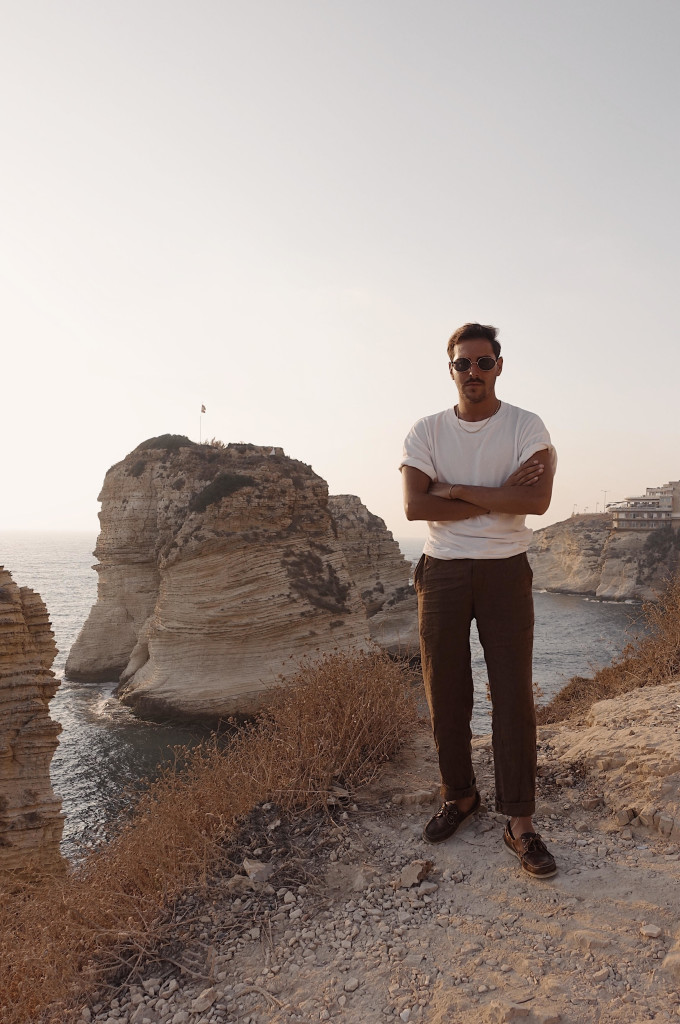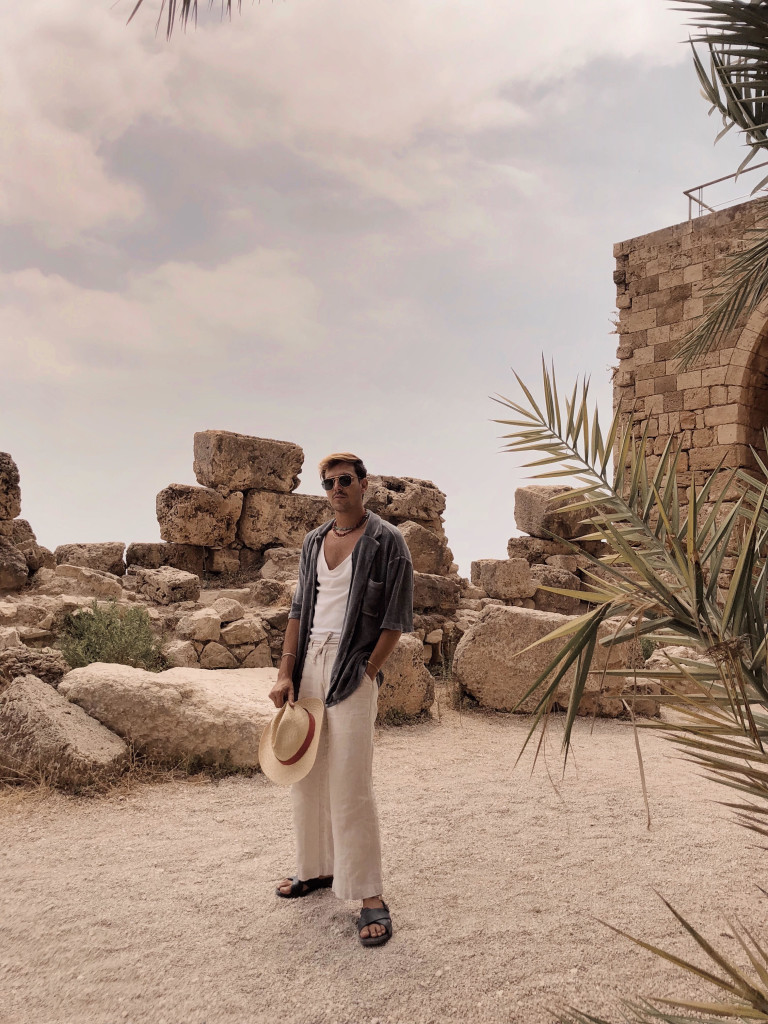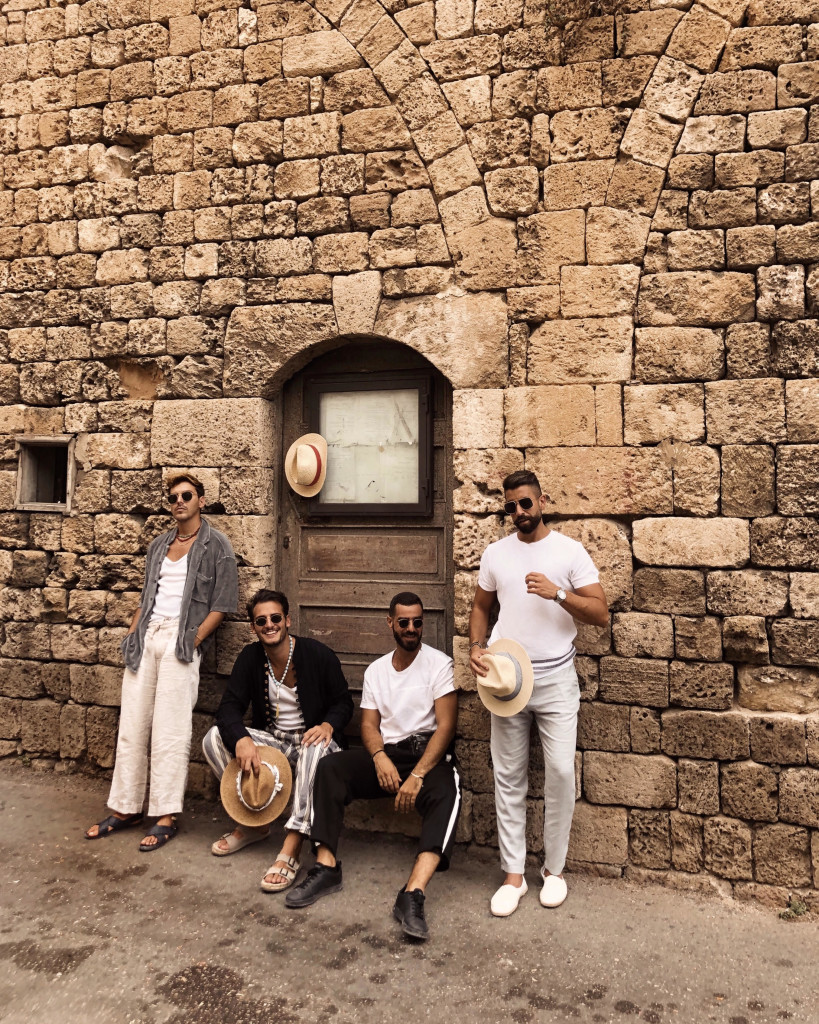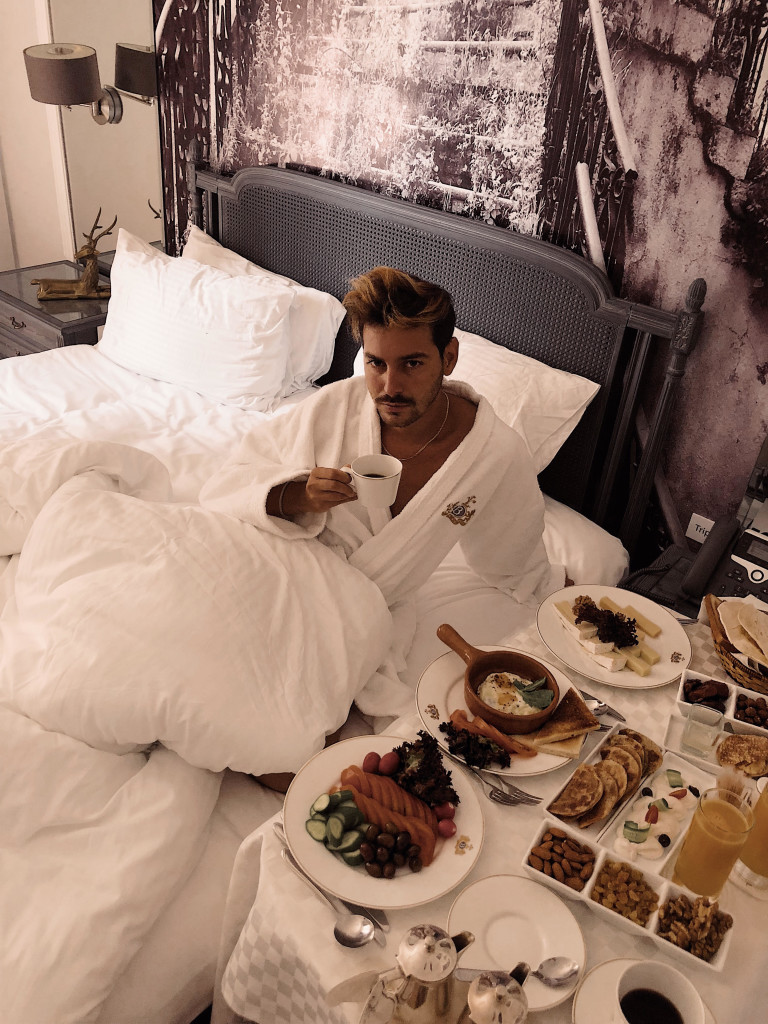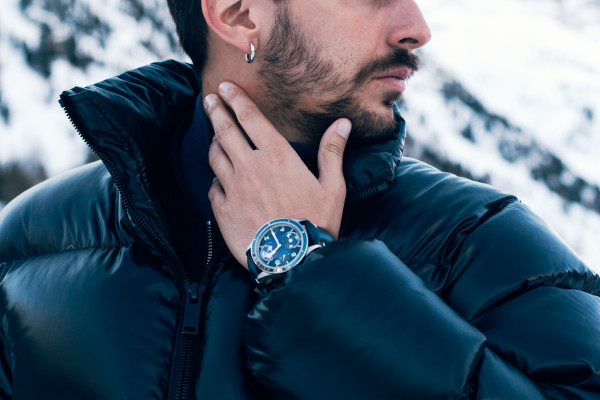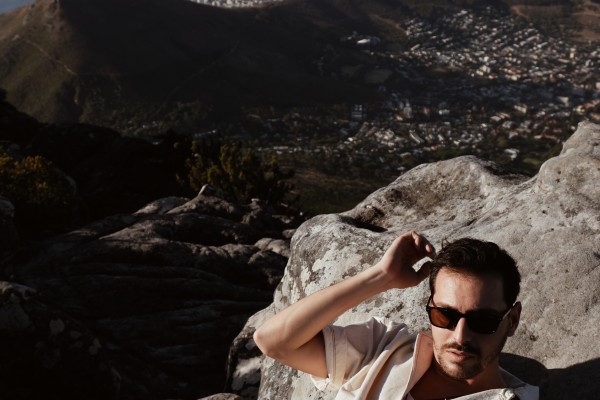Tutto sul mio viaggio a Beirut
Chi di voi mi segue su Instagram @robertoderosa, già saprà che quest’estate ho trascorso parte delle mie vacanze tra Istanbul e Beirut… Ed è proprio della capitale del Libano di cui oggi voglio finalmente parlarvi: una città particolare, complessa e ricca di contrasti.
Innanzitutto, parliamo di come raggiungerla. Io ho scelto Pegasus Airlines, compagnia che vola quotidianamente da Milano e Roma per Beirut con scalo a Istanbul. Comodissimo per visitare entrambe le città, come ho fatto io!
If you follow me on Instagram @robertoderosa, you may already know I spent my summer vacay between Istanbul and Beirut… About this last one, the capital of Lebanon, I want to finally talk to you: a particular and complex city, very rich of contrasts.
First of all, let’s talk about how to reach it. I chose Pegasus Airlines, a company that flies daily from Milan and Rome to Beirut with a stopover in Istanbul. Very convenient to visit both cities, as I did!
Beirut ha fascino davvero particolare, direi unico. La parte storica della città ha subito enormi danni durante gli anni della guerra civile ed è stata in parte ricostruita, ciononostante è rimasto ancora qualche luogo interessante di quelli originari. Ci sono palazzi del periodo ottomano che sono stati restaurati e alcuni quartieri caratteristici con piccole vie piene di vita, negozi e bar. Passeggiando per il centro è facile notare come ci siano palazzi completamente restaurati con a fianco altri ancora completamente bombardati o crivellati dai proiettili. Da non perdere il Gran Serraglio, che oggi ospita il palazzo del governo.
Beirut has a very special charm, I would say unique. The historical part of the city suffered enormous damage during the years of the civil war and was partly rebuilt, nevertheless there are still some interesting original places. There are buildings from the Ottoman period that have been restored and some quaint neighborhoods with small streets full of life, shops and bars. Walking through the center it is easy to notice that there are completely restored buildings side by side others, still completely bombed or riddled with bullets. Do not miss the Grand Serail, which today houses the government building.
Per capire meglio la cultura libanese, merita un visita il Sursock Museum. Proprio adiacente al museo d’arte moderna e contemporanea si trova il ristorante Villa Linda Sursock, dove ogni domenica si tiene il Sunday Buffet… Un appuntamento da non perdere!
To better understand the Lebanese culture, the Sursock Museum is worth a visit. Right next to the modern and contemporary art museum is the Villa Linda Sursock restaurant, where every sunday they held a well-known Sunday Buffet… An event not to be missed!
Tornando ai grandi contrasti architettonici di Beirut, in questa città multi-etnica e multi-religiosa è facile imbattersi in una moschea situata proprio accanto ad una chiesa. Come la splendida moschea Mohammad Al-Amin, la cui cupola turchese è ben visibile in ogni parte del centro storico, costruita proprio a fianco della magnifica cattedrale greco-ortodossa di San Giorgio. Entrambe da visitare assolutamente!
Returning to the great architectural contrasts of Beirut, in this multi-ethnic and multi-religious city it is easy to come across a mosque located right next to a church. Like the majestic Mohammad Al-Amin mosque, whose turquoise dome is clearly visible throughout the historic center, built right next to the magnificent Greek Orthodox Cathedral of St. George. Both are a must-visit!
Da non perdere una passeggiata sulla Corniche, il lungomare di Beirut. Partendo da downtown, si devono percorrere circa cinque km (a piedi, in bicicletta oppure sui sui pattini a rotelle, come sono soliti fare i libanesi) per raggiungere uno dei simboli della città, sicuramente il mio preferito. Si tratta degli Scogli dei Piccioni… Ora, ditemi se non sembrano i Faraglioni di Capri!
Don’t miss the Corniche, Beirut’s seafront promenade. Starting from downtown, you have to cover about five kilometers (on foot, by bike or on roller skates, as the Lebanese do) to reach one of the symbols of the city, certainly my favorite. It’s called Pigeons’ Rocks… Now, tell me if they do not look like the Capri’s Faraglioni!
Vi consiglio di arrivare per l’ora del tramonto, in modo da ammirare il sole che scende verso l’orizzonte fino a scomparire proprio dietro agli scogli.
I suggest you to arrive at sunset, in order to admire the sun that goes down to the horizon until disappearing just behind the rocks.
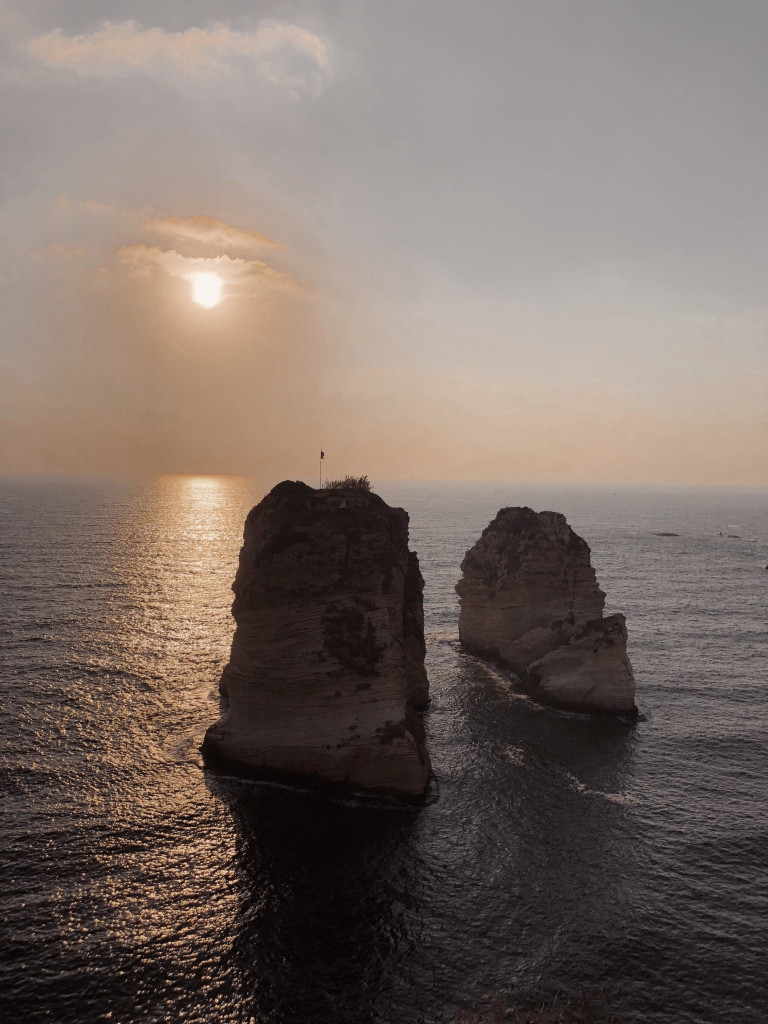
Se avete a disposizione un giorno extra, consiglio di organizzare una gita a Byblos. E’ un’antichissima città situata 40 km a Nord di Beirut, addirittura tra le più antiche al mondo ancora abitata (i primi insediamenti risalgano al 7.000 a.C.) e infatti dichiarata patrimonio mondiale dell’umanità UNESCO. Ha un bellissimo sito archeologico che si affaccia sul mare: consiglio vivamente di organizzare una visita guidata al castello per ascoltare la sua lunga ed incredibile storia.
If you have an extra day, I suggest you organize a trip to Byblos. It is an ancient city located 40 km north of Beirut, among the oldest in the world still inhabited (the first settlements date back to 7,000 BC) and in fact declared a UNESCO World Heritage Site. It has a beautiful archaeological site overlooking the sea: I highly recommend to organize a guided tour of the castle to hear its long and magical history.
Durante il mio viaggio a Beirut ho soggiornato all’Hotel Le Bristol, meraviglioso hotel a cinque stelle dove sentirsi coccolati in ogni momento a partire dalla prima colazione in camera!
During my trip to Beirut I stayed at the Hotel Le Bristol, a wonderful five-star hotel where you can feel pampered at any time from breakfast in your room!
Infine una curiosità. I giovani libanesi sono bilingui: parlano benissimo sia l’arabo, la lingua ufficiale, che il francese, la lingua che è diventata più diffusa, ma anche l’inglese. Questo perché prediligono le lingue internazionali, quelle più parlate nel mondo. Relazionarsi e fare amicizia è davvero facile!
Finally a curiosity. The young Lebanese are bilingual: they speak very well both Arabic, the official language, and French, the language that has become more widespread, but also English. This is because they prefer international languages, the most spoken in the world. Relating and making friends is really easy!
Così vi ho raccontato tutto sul mio viaggio a Beirut! A prestissimo con nuovi post!
I told you all about my trip to Beirut! See you soon with new posts!
